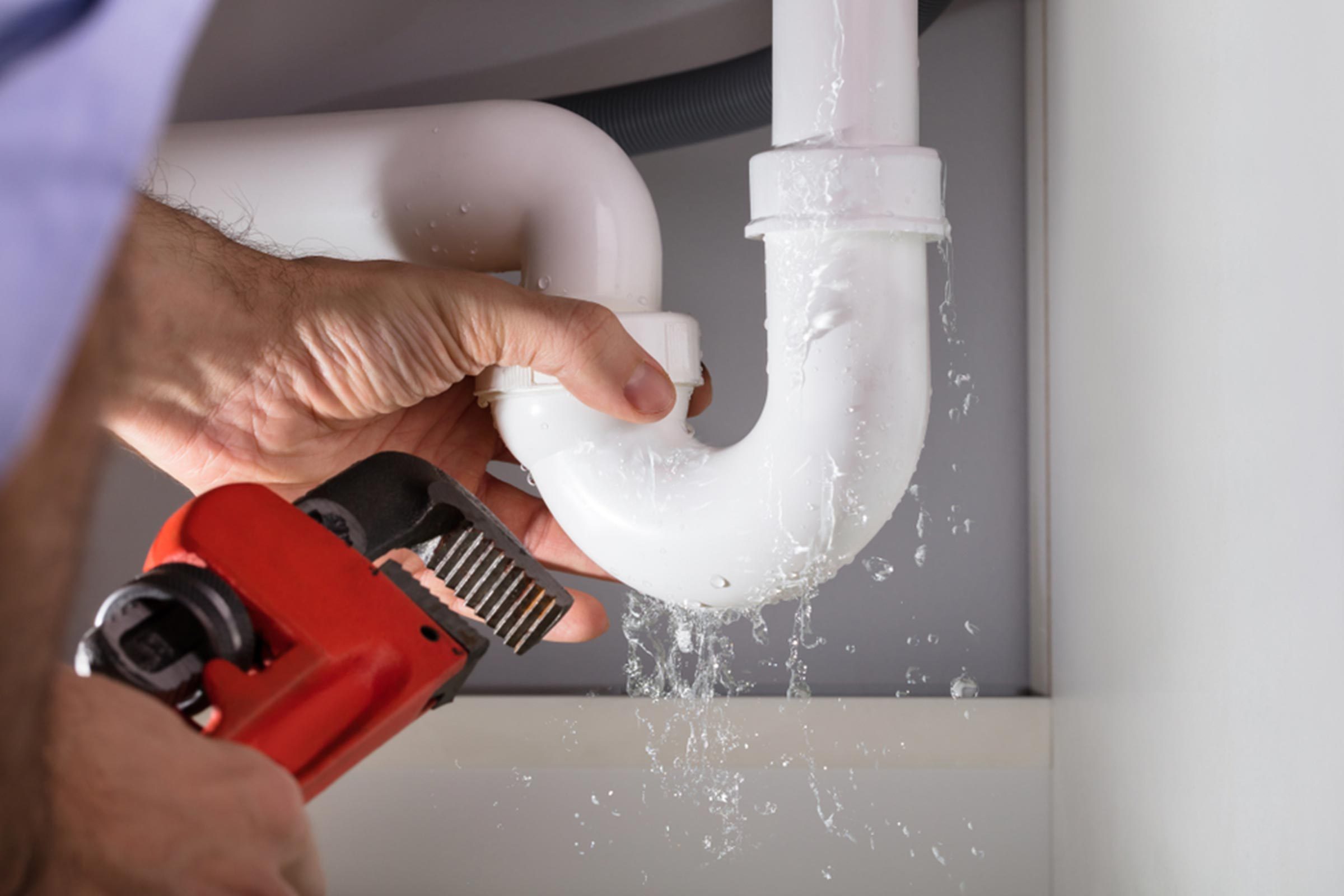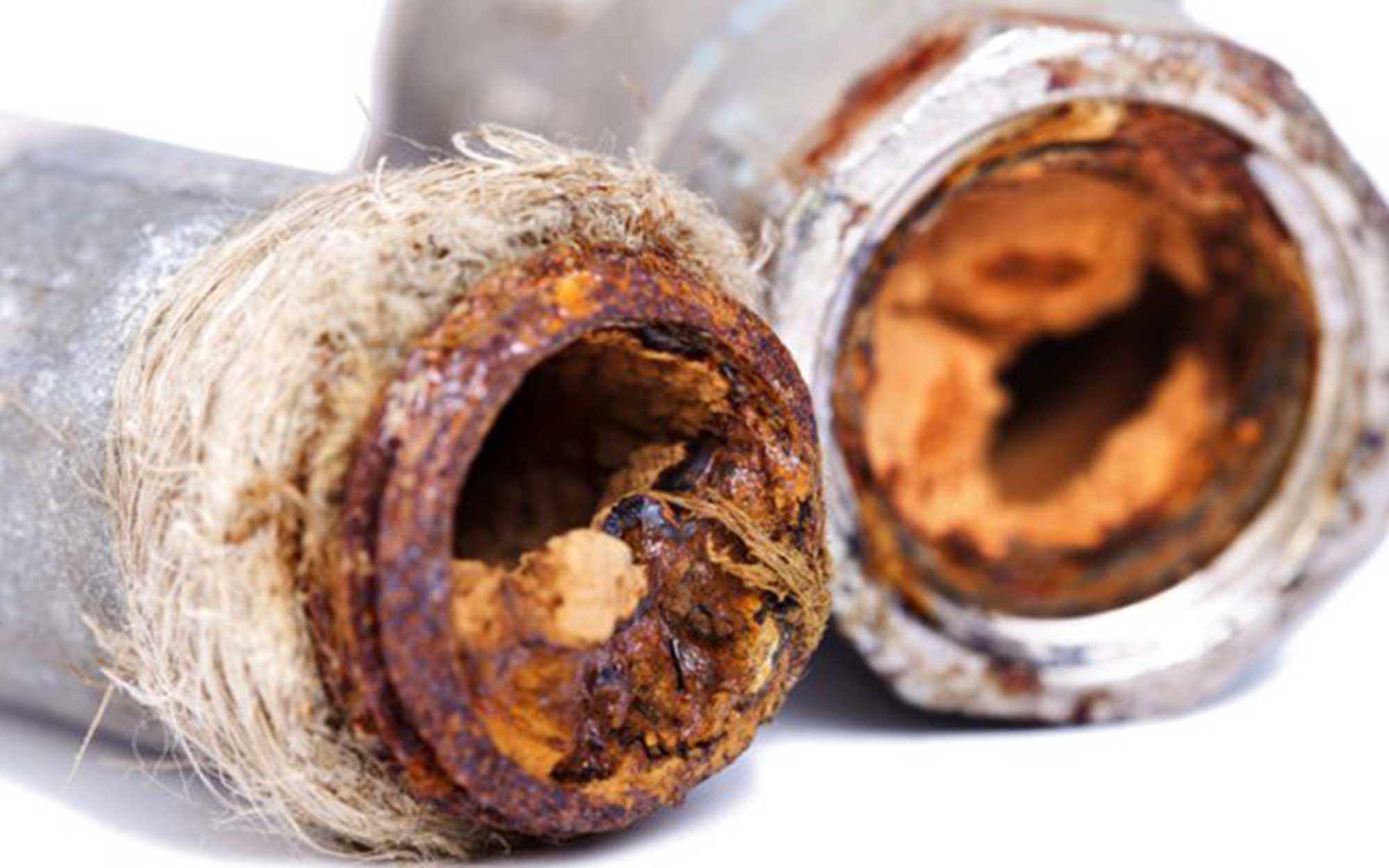Understanding and Fixing Plumbing Sounds in Homes
Understanding and Fixing Plumbing Sounds in Homes
Blog Article
Everybody seems to have their own thoughts involving Why Do My Plumbing Pipes Make A Knocking Noise.

To identify loud plumbing, it is necessary to establish initial whether the unwanted noises take place on the system's inlet side-in other words, when water is transformed on-or on the drainpipe side. Noises on the inlet side have actually differed causes: excessive water stress, worn valve as well as tap parts, improperly linked pumps or various other devices, incorrectly placed pipeline fasteners, as well as plumbing runs having way too many limited bends or other constraints. Noises on the drainpipe side normally stem from inadequate place or, similar to some inlet side noise, a format including limited bends.
Hissing
Hissing noise that happens when a faucet is opened somewhat usually signals excessive water stress. Consult your neighborhood water company if you presume this trouble; it will be able to inform you the water stress in your location and can set up a pressurereducing valve on the inbound water supply pipe if required.
Other Inlet Side Noises
Creaking, squeaking, scraping, breaking, and also tapping typically are caused by the development or contraction of pipes, generally copper ones providing hot water. The audios happen as the pipelines slide against loosened fasteners or strike neighboring house framing. You can typically identify the location of the trouble if the pipelines are subjected; just adhere to the noise when the pipes are making noise. More than likely you will discover a loosened pipe wall mount or an area where pipelines lie so near flooring joists or other framing pieces that they clatter versus them. Connecting foam pipe insulation around the pipes at the point of call need to correct the issue. Be sure bands as well as hangers are secure and also supply sufficient assistance. Where feasible, pipe bolts ought to be attached to massive architectural elements such as structure walls as opposed to to framing; doing so decreases the transmission of vibrations from plumbing to surface areas that can amplify and move them. If attaching bolts to framing is inescapable, cover pipelines with insulation or various other resilient material where they call fasteners, and also sandwich the ends of brand-new fasteners between rubber washing machines when installing them.
Fixing plumbing runs that struggle with flow-restricting tight or countless bends is a last resource that must be embarked on only after consulting a skilled plumbing service provider. Sadly, this scenario is relatively usual in older houses that might not have been developed with interior plumbing or that have seen a number of remodels, specifically by amateurs.
Chattering or Shrilling
Extreme chattering or screeching that happens when a shutoff or tap is activated, and that typically vanishes when the installation is opened totally, signals loosened or defective inner components. The solution is to change the valve or tap with a new one.
Pumps and home appliances such as washing equipments and dish washers can transfer electric motor noise to pipelines if they are improperly linked. Link such things to plumbing with plastic or rubber hoses-never stiff pipe-to isolate them.
Drainpipe Sound
On the drain side of plumbing, the chief objectives are to remove surface areas that can be struck by dropping or rushing water as well as to protect pipes to include inevitable noises.
In brand-new construction, tubs, shower stalls, toilets, as well as wallmounted sinks and also basins need to be set on or against durable underlayments to lower the transmission of sound with them. Water-saving commodes and faucets are much less loud than conventional models; install them as opposed to older kinds even if codes in your location still permit using older fixtures.
Drainpipes that do not run vertically to the cellar or that branch right into straight pipe runs supported at flooring joists or various other framing present particularly troublesome noise issues. Such pipes are large enough to radiate substantial resonance; they also lug considerable amounts of water, that makes the circumstance worse. In brand-new construction, define cast-iron soil pipes (the large pipelines that drain pipes toilets) if you can afford them. Their enormity has much of the noise made by water travelling through them. Additionally, avoid directing drains in wall surfaces shared with bedrooms and also rooms where individuals collect. Walls consisting of drains need to be soundproofed as was defined previously, using dual panels of sound-insulating fiberboard as well as wallboard. Pipelines themselves can be wrapped with unique fiberglass insulation created the purpose; such pipelines have a resistant vinyl skin (often containing lead). Results are not always satisfactory.
Thudding
Thudding noise, typically accompanied by shivering pipelines, when a tap or appliance valve is turned off is a condition called water hammer. The noise and vibration are caused by the resounding wave of pressure in the water, which unexpectedly has no location to go. Often opening a valve that discharges water quickly right into an area of piping consisting of a limitation, elbow joint, or tee fitting can generate the very same condition.
Water hammer can generally be treated by installing fittings called air chambers or shock absorbers in the plumbing to which the issue valves or taps are attached. These devices allow the shock wave created by the halted flow of water to dissipate in the air they consist of, which (unlike water) is compressible.
Older plumbing systems might have short upright areas of capped pipeline behind walls on tap runs for the exact same purpose; these can ultimately loaded with water, decreasing or damaging their effectiveness. The cure is to drain pipes the water supply entirely by shutting off the primary water shutoff and opening all faucets. Then open the main supply valve as well as close the faucets one by one, starting with the faucet nearest the valve and ending with the one farthest away.
If Your Plumbing is Making These Sounds, There’s a Problem
A Bang or Thump When You Turn Off a Faucet
If a loud bang or thump greets you each time your turn off running water, you likely have a water hammer. A water hammer occurs when the water velocity is brought to a halt, sending a shock wave through the pipe. It can be pretty jarring — even worse, damaging to your plumbing system. All that thudding could loosen connections.
Strange Toilet Noises
You’re so familiar with the sounds your toilet makes that your ears will be attuned to anything out of the ordinary. Fortunately, most unusual toilet noises can be narrowed down to just one of several problems.
Foghorn sound:
Open the toilet tank Flush the toilet When you hear the foghorn noise, lift the float to the top of the tank If you’re ambitious, you can remove the ballcock valve and disassemble it to replace the washer. Or you can more easily replace the ballcock valve entirely. This device is relatively inexpensive and available at most any hardware store.
Persistent hissing:
The hissing following a flush is the sound of the tank filling. It should stop once the tank is full. But if the hissing continues, it’s likely because water is leaking out of the tank. The rubber flap at the bottom of the tank can degrade, letting water slip through and into the bowl. That’s why the tank is refilling continuously. Fortunately, this is an easy fix:
Cut the water to the toilet by closing the shutoff valve on the water supply line. Flush the toilet to drain the tank. Disconnect the flapper Attach the new flapper Gurgling or bubbling:
Gurgling or bubbling suggests negative air pressure in the drain line, likely resulting from a clog. As air releases, it causes the water in the toilet to bubble. This could either be a minor issue or a major one, depending on the clog’s severity. Clogs can be caused by toilet paper or more stubborn obstructions such as tree roots. If you can’t work out the clog with a plunger, contact a professional plumber for assistance because a clog of this magnitude could lead to filthy and unsanitary sewage backups in your sink bathtub.

We hope you enjoyed our topic on Diagnose Unwanted Plumbing Noises. Thank you so much for taking the time to read our blog. Do you know about another individual who is enthusiastic about the subject? Please feel free to share it. Many thanks for taking the time to read it.
Need urgent help? Reach. Report this page